
Hemorrhoids are masses of tissue within the anal canal. They contain blood vessels and their supporting tissue, made of muscles and elastic fibers. Internal hemorrhoids usually induce painless bleeding. Veins inside the rectum are involved in this process. This type of hemorrhoid may even bulge through to the outside. When this happens it is called a prolapsed hemorrhoid.
External hemorrhoids can be very itchy and painful. Bleeding is also likely with this type as it also involves veins, although these are on the outside of the anus. Blood clotting is also very common in these situations.
The dentate line is used as a "border" defining if the hemorrhoid in question is in fact internal or external. Obstructions in bowel movement are one of the main causes for hemorrhoids. Constipation and diarrhea are typical conditions that may induce such symptoms. The discomforts can be eased by an increase in fiber and liquid intake.
Dietary methods are often sufficient in treating this condition. Pain and swellings may be relieved by soaking in warm water. Only rarely is a surgical procedure involved and it is reserved for cases requiring a long term relief. There are multiple surgical techniques which can get this done.
The Milligan-Morgan technique was first developed in the UK. It involves an excision of the major hemorrhoidal vessels. This method is more popular than the others and presents a basis for all alternatives.
The Ferguson technique was first undertaken in the U.S. It is basically an alteration of the Milligan-Morgan technique, with the incisions partially to totally closed with a type of absorbent suture. The hemorrhoidal tissue is exposed through the use of a retractor. It is then surgically extracted and the access tissue is usually removed or sutured.
There are many speculations as to the reason for hemorrhoid enlargement, none of them conclusive. There is no practical support to any of the theories, although some obvious causes do exist. These, however, serve to explain conditions derived from specific circumstances. An example would be pregnancy, which is a clear cause for enlarged hemorrhoids. Another one would be a tumor in the pelvis. The pressure on the veins is cause enough for the hemorrhoids to gain girth.
In the end, it is important to know how to recognize the symptoms of hemorrhoid enlargement. The hemorrhoidal veins are existent in all of us, both outside and inside of the anus. Hemorrhoids themselves form when these veins get irritated in any way. Sometimes the shear pressure of bowel movement is enough to agitate this condition into existence. This type of agitation will cause tangible swellings to appear. There will be pain, itching, bleeding and burning sensations involved, as well as general discomfort of the organism. If an individual experiences any of these, he or she should immediately act upon this information and consult his or her doctor.



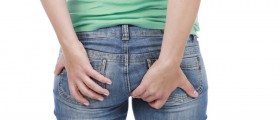
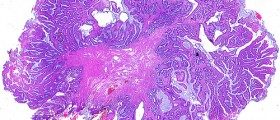
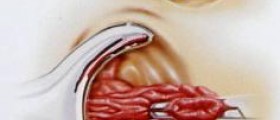









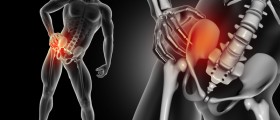
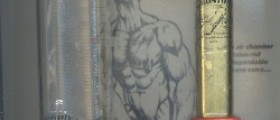
Your thoughts on this
Loading...